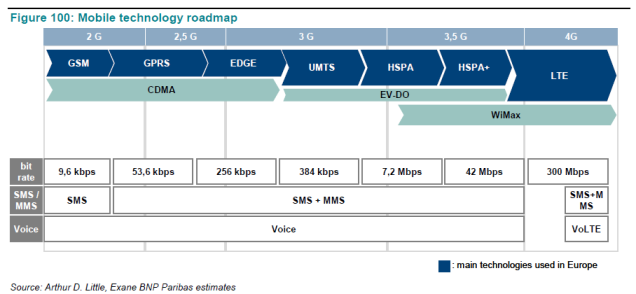(Up-to-date source of this post.)
- despite its name it can do much more than capturing TCP headers
- can sniff traffic on many network types (including 802.1Q VLAN)
- de facto standard for command line packet analysis in Unix environment
Useful options:
-D -- list available interfaces
-i INTERFACE -- listen on INTERFACE (default: lowest numbered interface)
-w FILE -- write raw packets to FILE
-r FILE -- read packets from FILE
-nn -- turn off host and protocol name resolution (to avoid generating DNS
packets)
-s0 -- set snaplength to 0, i.e. read the whole packet not just first 68
bytes (default if version >= 4.0)
-t -- turn off timestamp entries
-c COUNT -- capture COUNT packets and stop
Examples:
tcpdump -nni eth1 -w packets.pcap
tcpdump -nnr packets.pcap
Output format will vary based upon what protocols are in use:
TCP
timestamp L3_protocol sIP.sPort > dIP.dPort: TCP_flags, TCP_sequence_number, TCP_acknowledgement_number, TCP_windows_size, data_lengthUDP
timestamp L3_protocol sIP.sPort > dIP.dPort: L4_protocol, data_lengthuse up to
-vvvto provide more information on headers- use
-xto get entire packets (including data not just headers) in hex format - use
-Ato get entire packets in hex and ASCII format - use
-Xto get entire packets in hex and ASCII format
Packet Filtering
- utilizes the Berkeley Packet Filter (BPF) format
added to the end of the command (recommended to use single quotes)
tcpdump -nnr packets.pcap 'tcp dst port 8080' -w packets_tcp8080.pcap tcpdump -nnr packets.pcap -F known_good_hosts.bpf
BPF
operator
primitive | primitive
| | |
+---------+ | +----------------+
| | | | |
udp port 53 && dst host 192.0.2.2
| |
| value
qualifier
Qualifiers
- host
- net - network in CIDR notation
- port
- src - communication source
- dst - communication destination
- ip - IP protocol
- tcp - TCP protocol
- upd - UPP protocol
Logical operators
- && - true when both conditions are true
- || - true when either condition is true
- ! - true when a condition is NOT met
Examples
- host 192.0.2.100 - match traffic to/from 192.0.2.100
- dst host 2001:db8:85a3::8a2e:370:7334 - match traffic to the IPv6 address
- ether host 00:50:56:98:60:92 - match traffic to the specified MAC address
- !port 22 - match any traffic not to/from port 22
- icmp - match all ICMP traffic
- !ip6 - match everything that is not IPv6
Resources
- Applied Network Security Monitoring






